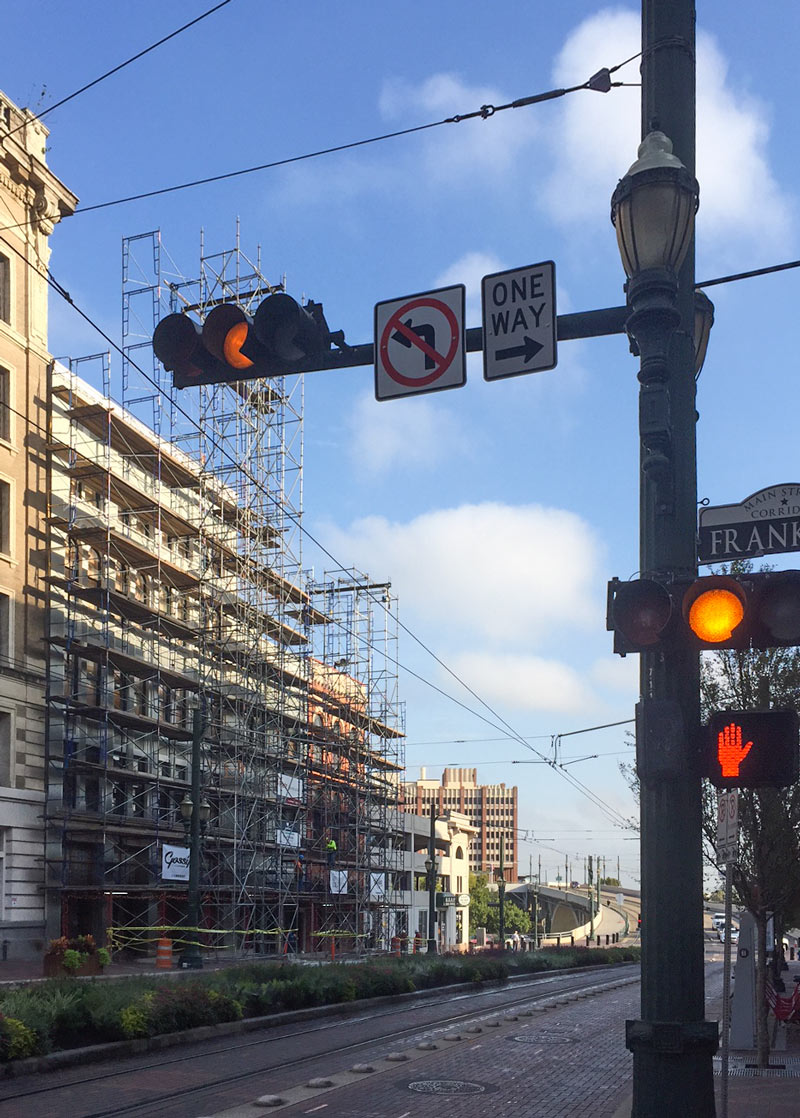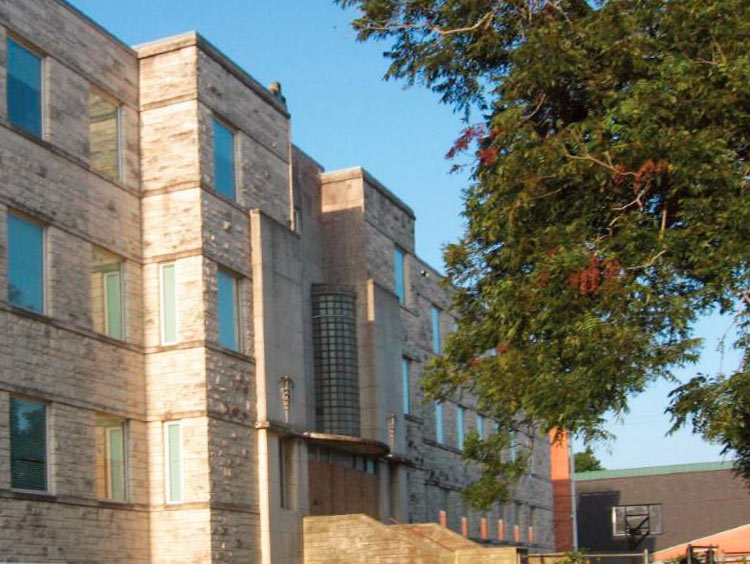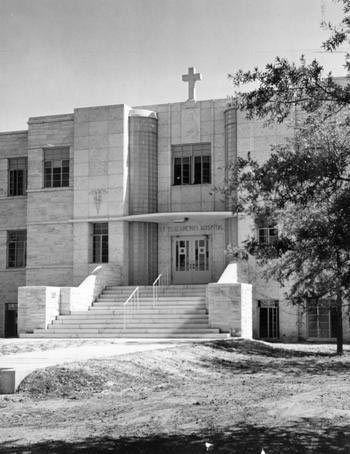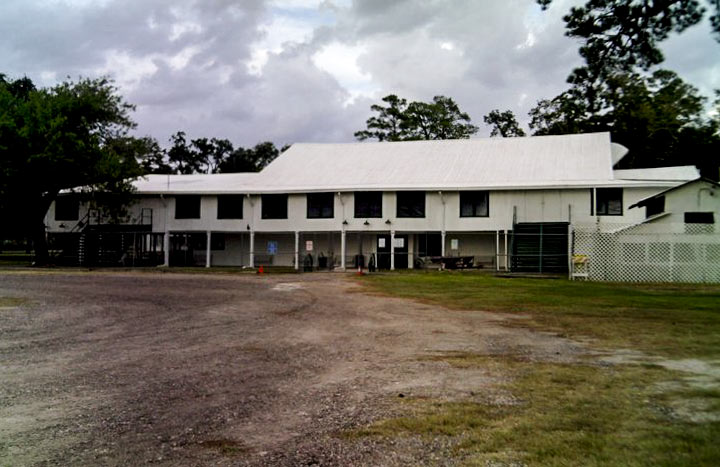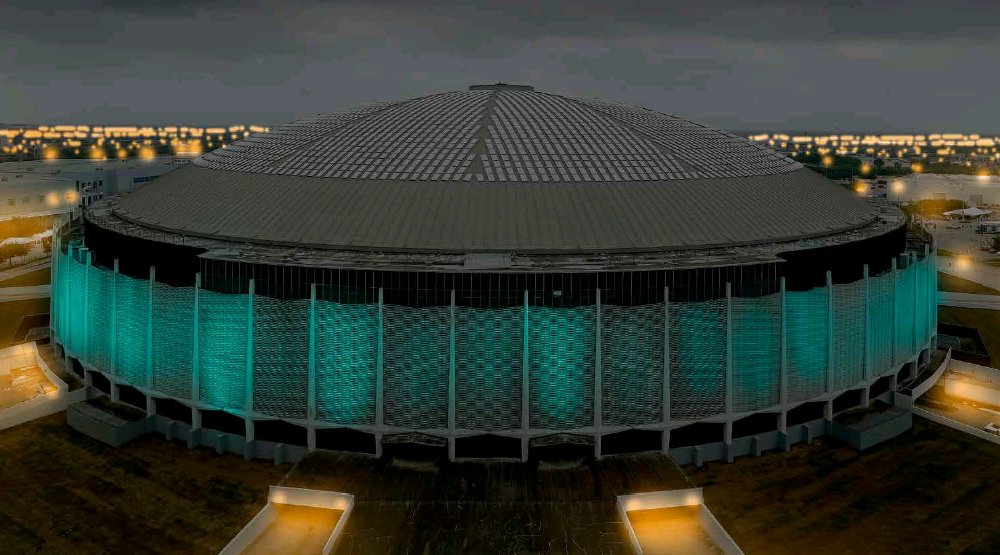
After a few years of mulling it over, the Texas Historical Commission voted this morning to give State Antiquities Landmark status to the Astrodome (formally known, the agency notes, as the Harris County Domed Stadium). About a dozen Houston buildings have the designation (which can also go to shipwrecks and archaeological sites); the status means that any attempts to “remove, alter, damage, salvage, or excavate” the Dome — a spread of activity which probably includes installing that parking garage in the bottom — will now also need a permit from the state.Â
THC’s Executive Director Mark Wolfe says in this morning’s statement that the Dome is “one of the most significant sports and entertainment venues in history, setting the standard for modern facilities around the world.†The structure will continue adding to its sports resume during the impending Super Bowl week by storing Super Bowl-related things and being lit up nearby (as rendered above).


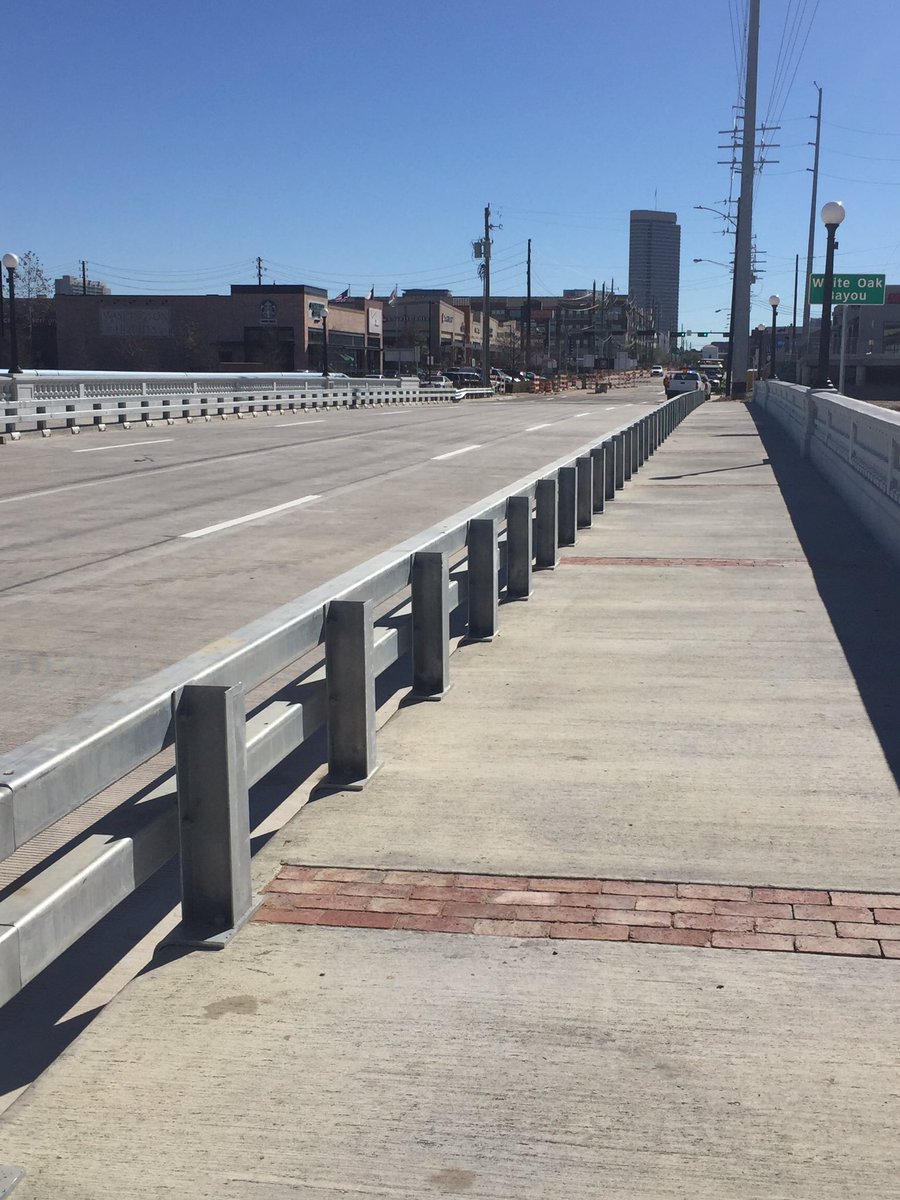
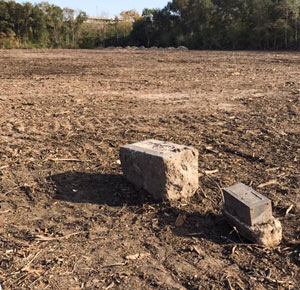 Who, exactly, ordered the unannounced, interrupted, and apparently haphazard plant and gravestone removal at the unmarked Aldine Cemetery near Aldine Middle School last week? As of Friday, Mike Snyder
Who, exactly, ordered the unannounced, interrupted, and apparently haphazard plant and gravestone removal at the unmarked Aldine Cemetery near Aldine Middle School last week? As of Friday, Mike Snyder 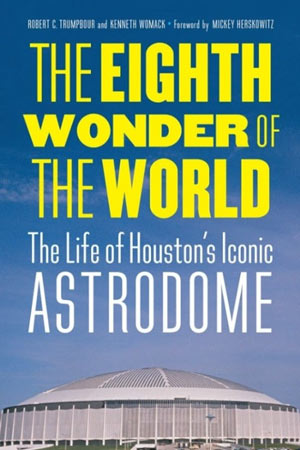 There’s a new tell-all biography of the Astrodome out this fall, now that year 50 since the stadium’s mid-1965 opening has wrapped up.
There’s a new tell-all biography of the Astrodome out this fall, now that year 50 since the stadium’s mid-1965 opening has wrapped up. 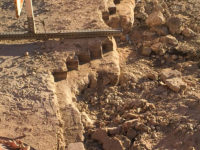 “1. Buy a block (maybe the vacant one on W. Gray . . . the blocks are small). 2. Move all extant historical structures to said block and make it a park, with public space for outdoor events. 3. Rehab the brick streets. Anything beyond this, in the name of historical preservation, is in name only.” [
“1. Buy a block (maybe the vacant one on W. Gray . . . the blocks are small). 2. Move all extant historical structures to said block and make it a park, with public space for outdoor events. 3. Rehab the brick streets. Anything beyond this, in the name of historical preservation, is in name only.” [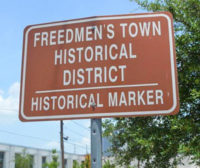 “A little late for that. There are so many new homes and townhomes and vacant lots in the area that there is almost no historic character left. It’s a prime area for redevelopment anyway — might as well let the developers finish the job and do it right so it’s not just a hodgepodge.” [
“A little late for that. There are so many new homes and townhomes and vacant lots in the area that there is almost no historic character left. It’s a prime area for redevelopment anyway — might as well let the developers finish the job and do it right so it’s not just a hodgepodge.” [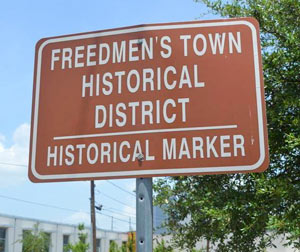 Following last month’s
Following last month’s 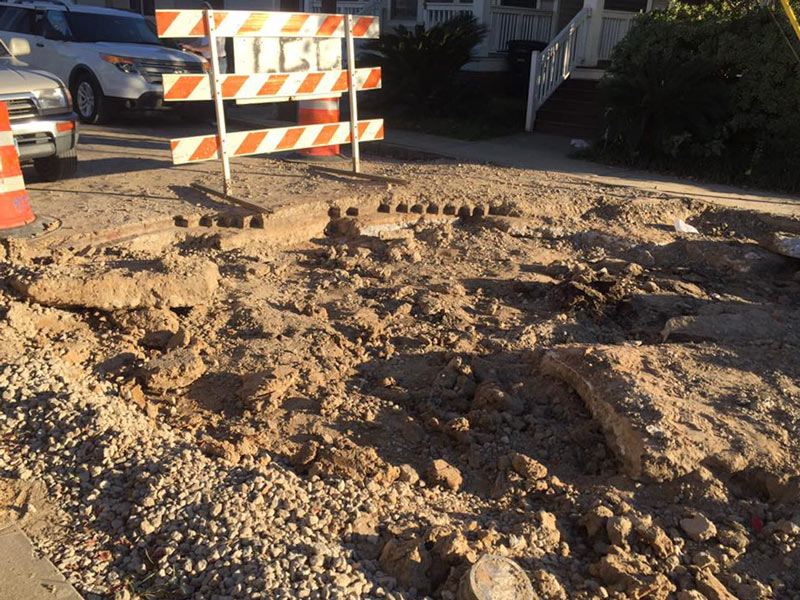
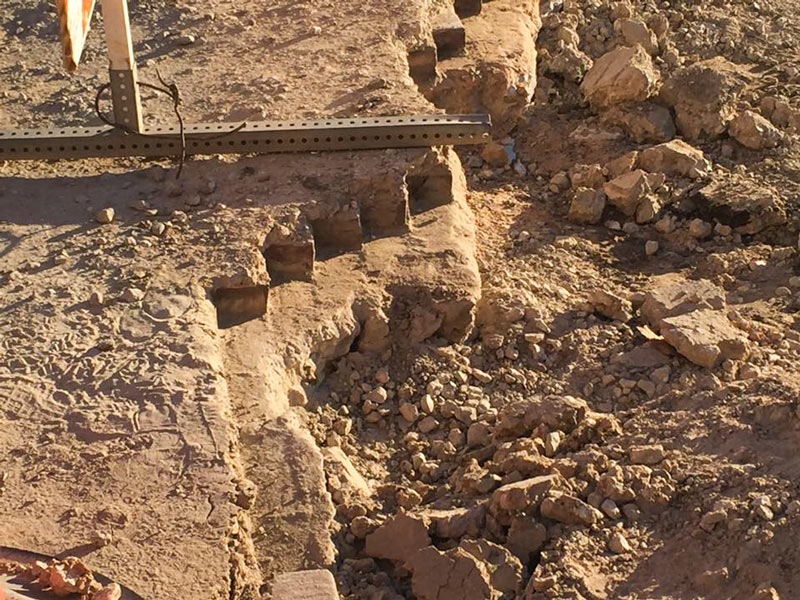
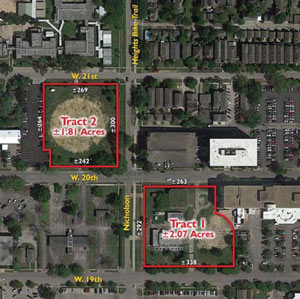 Turns outÂ
Turns out  “I have 3 words that explain why Chicago developed as a ‘modern city’ well before Houston: ‘winter’ and ‘air conditioning.’ Think about it . . . Heating a big tall building to make it comfortable is easy. In contrast, cooling that same building is not so easy — especially in the post Civil War and 1890-1920 time frame. Now, the development of commercially viable air conditioners in the 1920-30’s was an expensive luxury. Then the WW2 years and rationing, and voilá — [only] modest growth of ‘big city’ until the late 1940’s and 1950’s. So when did Houston really start to grow? Yup, you guessed it: post WW2 and the 1950’s, when most middle class people could afford air conditioning in their homes and businesses. So if you want cool ‘old’ pre-war buildings, go north and east towards cooler weather. But if you want a modern or post-modern or even contemporary building, just look at Houston, or Atlanta, or Los Angeles, or Las Vegas. (And thank
“I have 3 words that explain why Chicago developed as a ‘modern city’ well before Houston: ‘winter’ and ‘air conditioning.’ Think about it . . . Heating a big tall building to make it comfortable is easy. In contrast, cooling that same building is not so easy — especially in the post Civil War and 1890-1920 time frame. Now, the development of commercially viable air conditioners in the 1920-30’s was an expensive luxury. Then the WW2 years and rationing, and voilá — [only] modest growth of ‘big city’ until the late 1940’s and 1950’s. So when did Houston really start to grow? Yup, you guessed it: post WW2 and the 1950’s, when most middle class people could afford air conditioning in their homes and businesses. So if you want cool ‘old’ pre-war buildings, go north and east towards cooler weather. But if you want a modern or post-modern or even contemporary building, just look at Houston, or Atlanta, or Los Angeles, or Las Vegas. (And thank 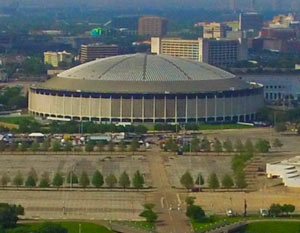 “Houston seems younger than it is,” writes Barry Moore today: “Few would guess that our
“Houston seems younger than it is,” writes Barry Moore today: “Few would guess that our 